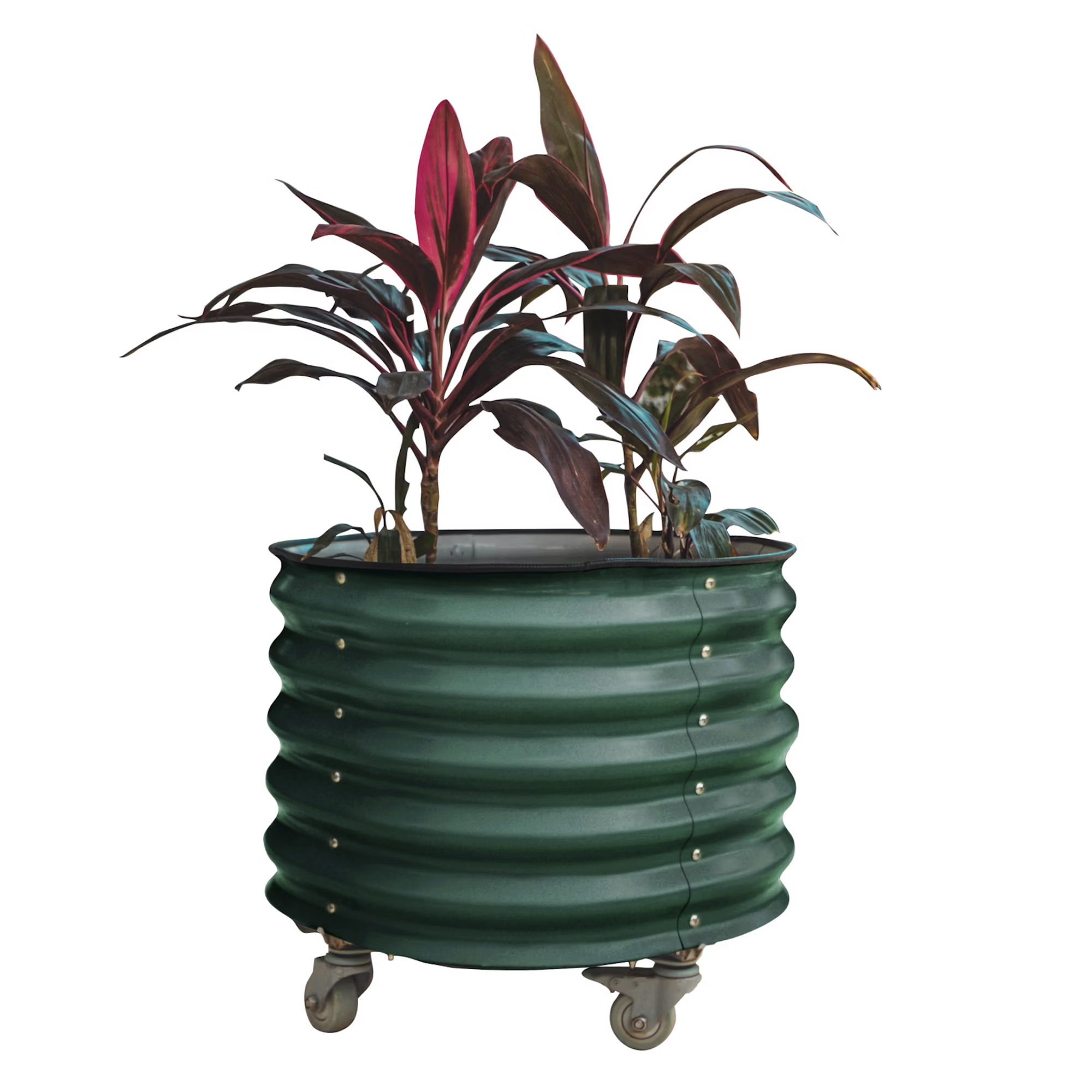8 Drought-Tolerant Fruit Trees That Will Survive The Heat – And Produce A Delicious Harvest
Invest in a bountiful crop of water-wise fruit trees that will thrive in hot, dry summers, and yield tasty home-grown produce.
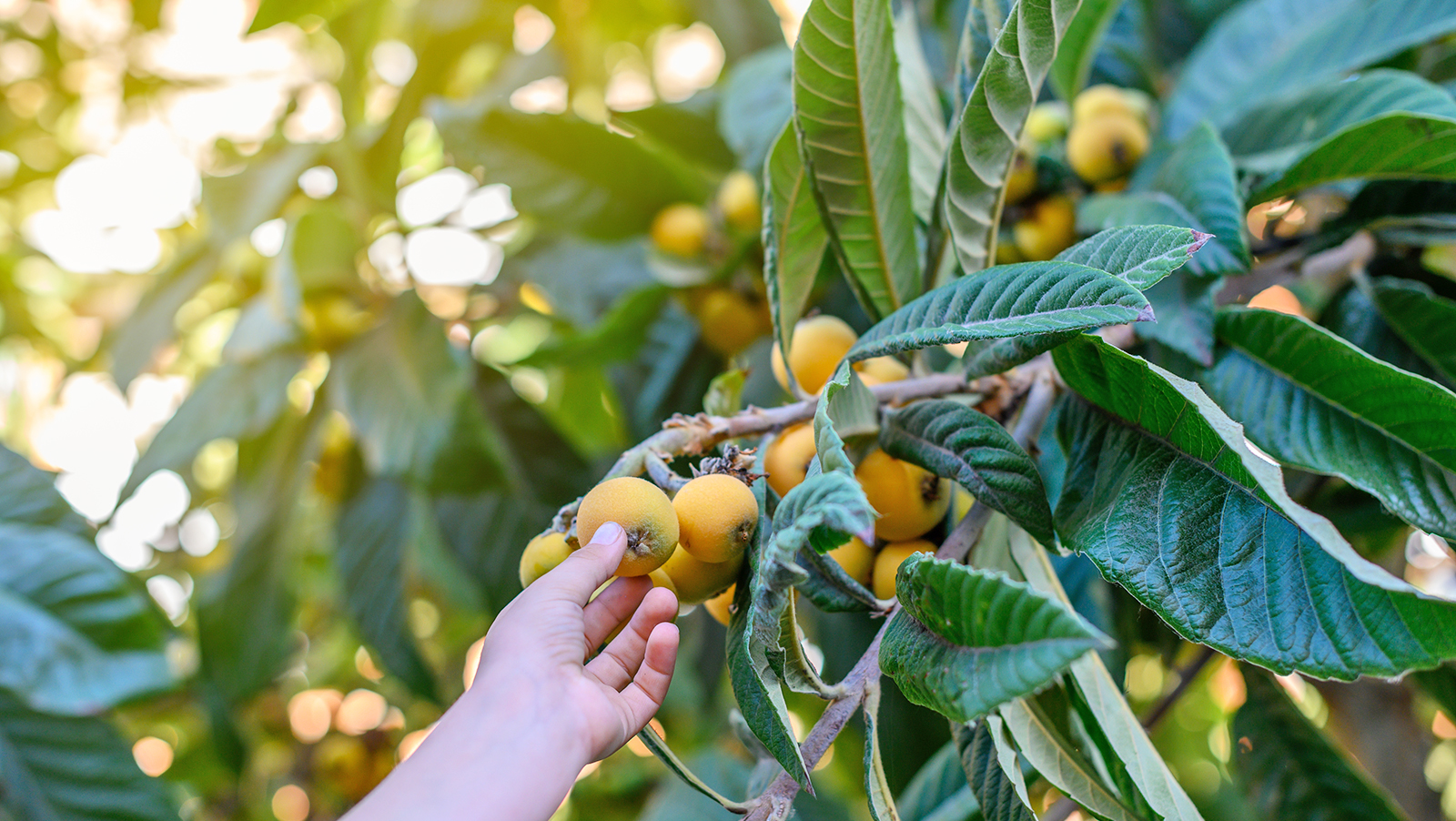

In our changing climate, drought-tolerant gardening is ever more important, prioritizing water conservation and choosing plants that favor heat and arid conditions.
Whether you live in a warmer zone or just want to grow a water-wise garden that still looks lush in hot summers, drought-tolerant trees are an important contribution to the landscape. These varieties can withstand the stress placed on them that would weaken and even kill other trees.
Drought-tolerant fruit trees are a particular joy to gardeners, yielding a delicious homegrown harvest. There is nothing like the taste of perfectly ripe fruit eaten straight from the tree.
Bear in mind that all trees will require occasional watering once newly planted, but this need will reduce as the tree matures. Mulching new trees will help the soil retain moisture.
Always choose trees suited to your USDA hardiness zone and soil type. Drought-tolerant varieties are more compatible with warmer zones, but growing fruit trees in containers is an option for cooler zones, as they can be overwintered indoors. The downside to container growing is that it will increase watering requirements.
Discover the most drought-tolerant fruit trees to include in your garden.
1. Fig
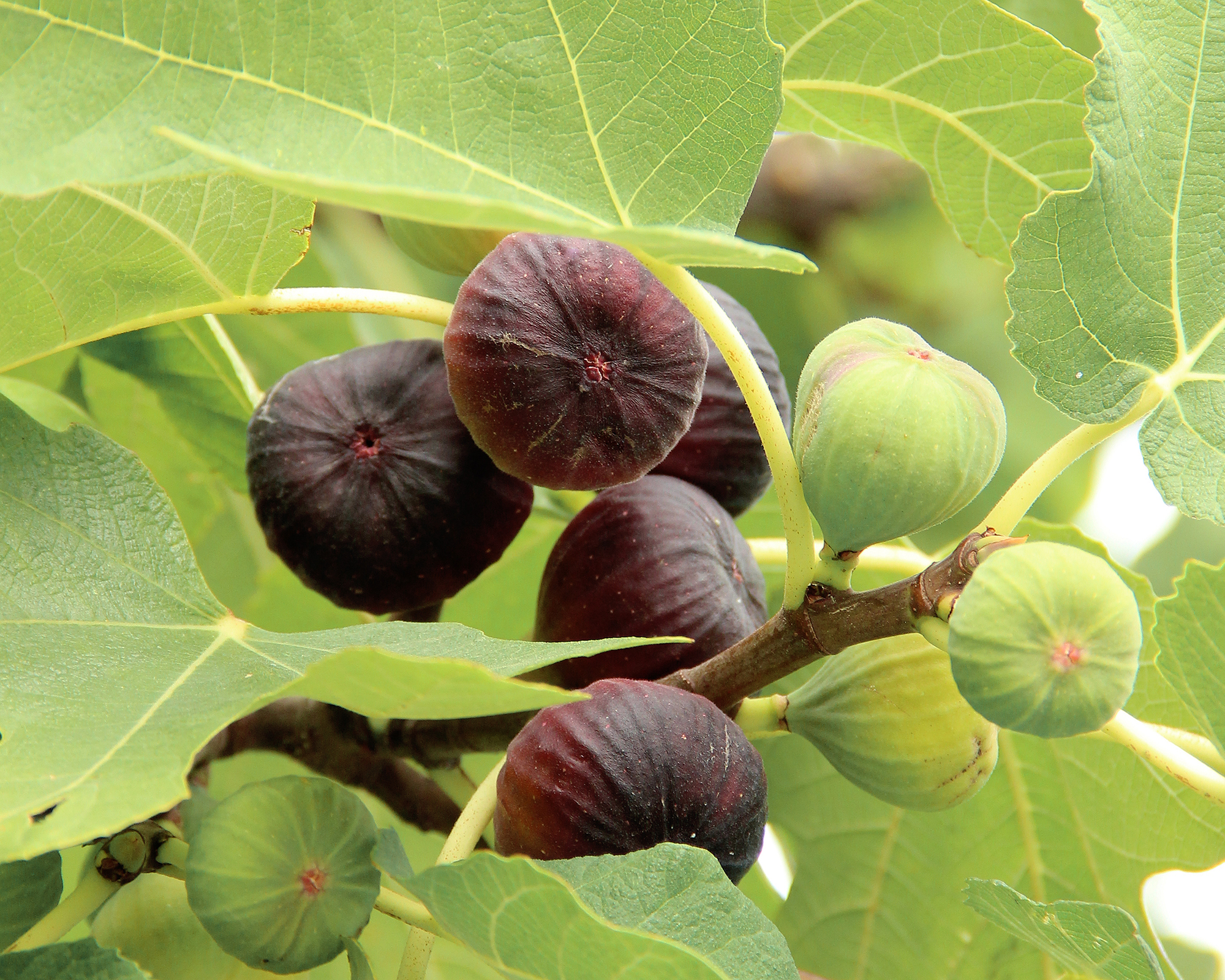
Figs are such luxurious fruits that can be enjoyed in sweet and savory recipes. As Mediterranean natives, fig trees (Ficus carica) are well-suited to hot, dry environments and can survive with very little water.
Sign up for the Gardening Know How newsletter today and receive a free copy of our e-book "How to Grow Delicious Tomatoes".
They are well suited to USDA zones 7-11, though there are hardy fig varieties for zone 5. Alternatively, growing figs in pots allows the flexibility to move them indoors over winter.
In the garden, espaliering a fig tree against a wall or fence makes an attractive feature. It’s also a space-efficient solution that is ideal if you want to minimize shade cast by the tree.
Fig trees thrive in full sunlight, planted in loamy, fertile, well-drained soil with a pH balance of around 6.0 to 6.5. They are relatively low-maintenance, requiring annual pruning and mulching. Water regularly after planting until the tree is established.
2. Pomegranate
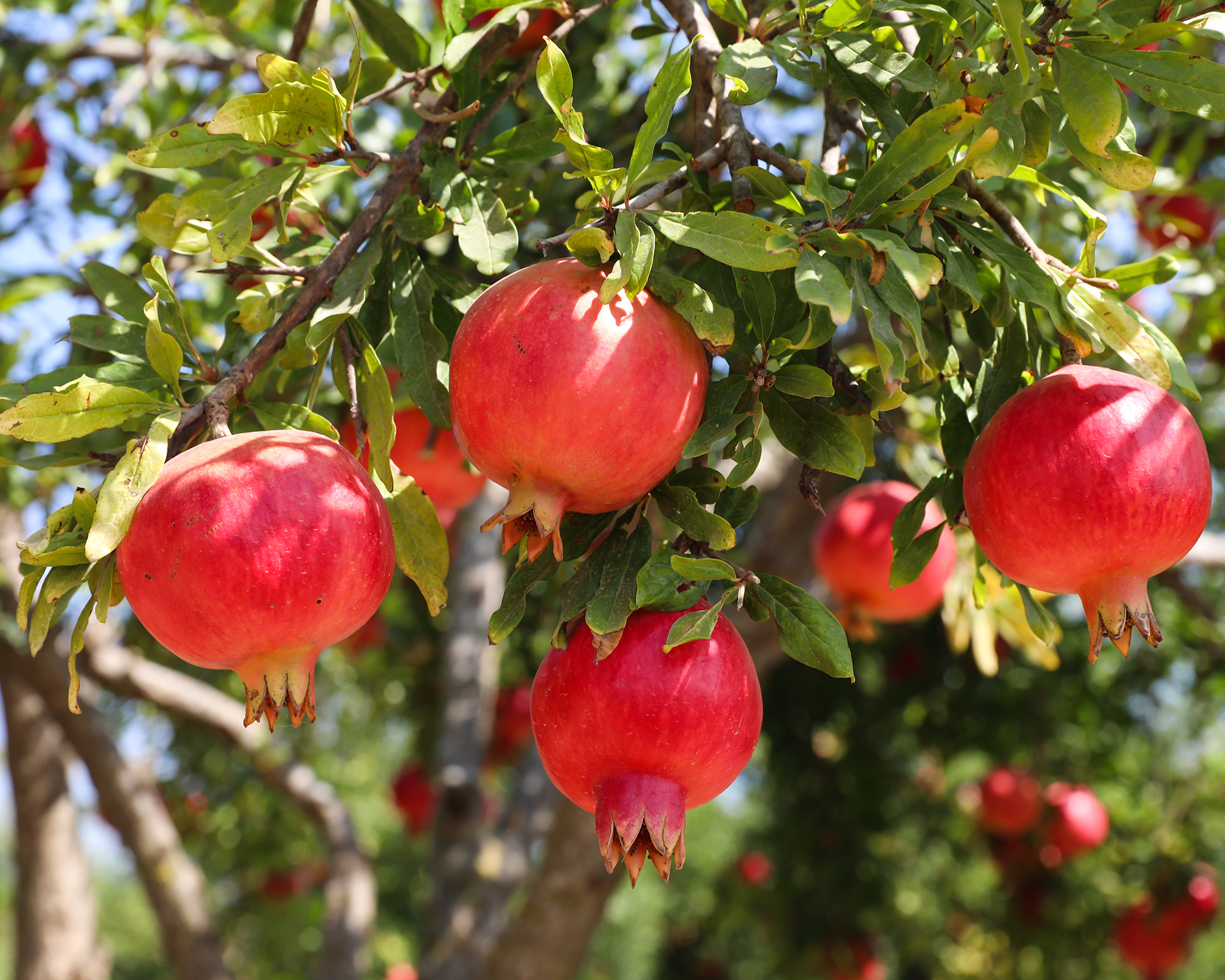
Widely grown in the Middle East and Mediterranean, pomegranate trees (Punica granatum) produce delicious, attractive fruit steeped in symbolism and rich in antioxidants. They thrive in hot, dry climates and are suitable for USDA hardiness zones 7-11 – although some zone 6 gardeners have success in protected areas.
It’s also an easy tree to grow from seed and will bear fruit in one to three years. Once established, pomegranates are drought tolerant.
The right planting medium is key, as trees prefer slightly alkaline soil with a pH up to 7.5. Neutral soil can be amended with a small amount of limestone or garden lime, or those with acid soil can grow pomegranates in containers. This also allows flexibility to bring them indoors in cold weather.
Position in a sunny spot and water young trees frequently until established. Mulch in the fall with well-rotted manure or compost. Trees fruit on old wood and don’t usually require pruning.
3. Jujube
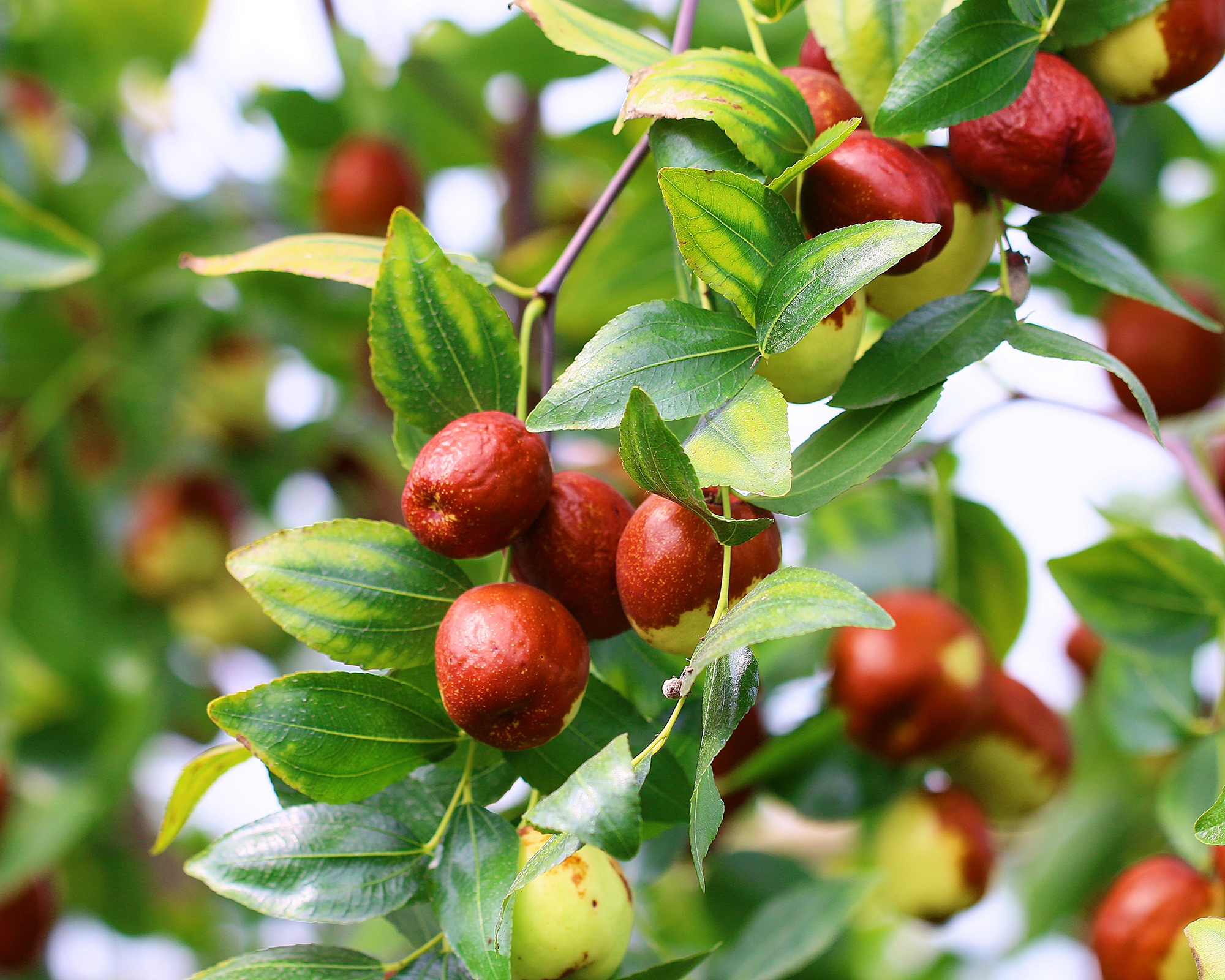
Also known as Chinese dates, jujube trees (Ziziphus jujuba) add an exotic touch to the garden. They are suitable for USDA hardiness zones 6-11, although some zone 5 gardeners can grow them, as the plants are surprisingly frost-hardy.
Jujube fruits are small and sweet, with a similar taste to apples. If left on the vine, they will dry and become wrinkled, like figs.
Trees thrive in full sun in sandy, well-drained soil. Once established, they are low-maintenance and highly drought-tolerant – although occasional watering will improve fruiting. Fertilize once at the start of the growing season.
4. Date Palm
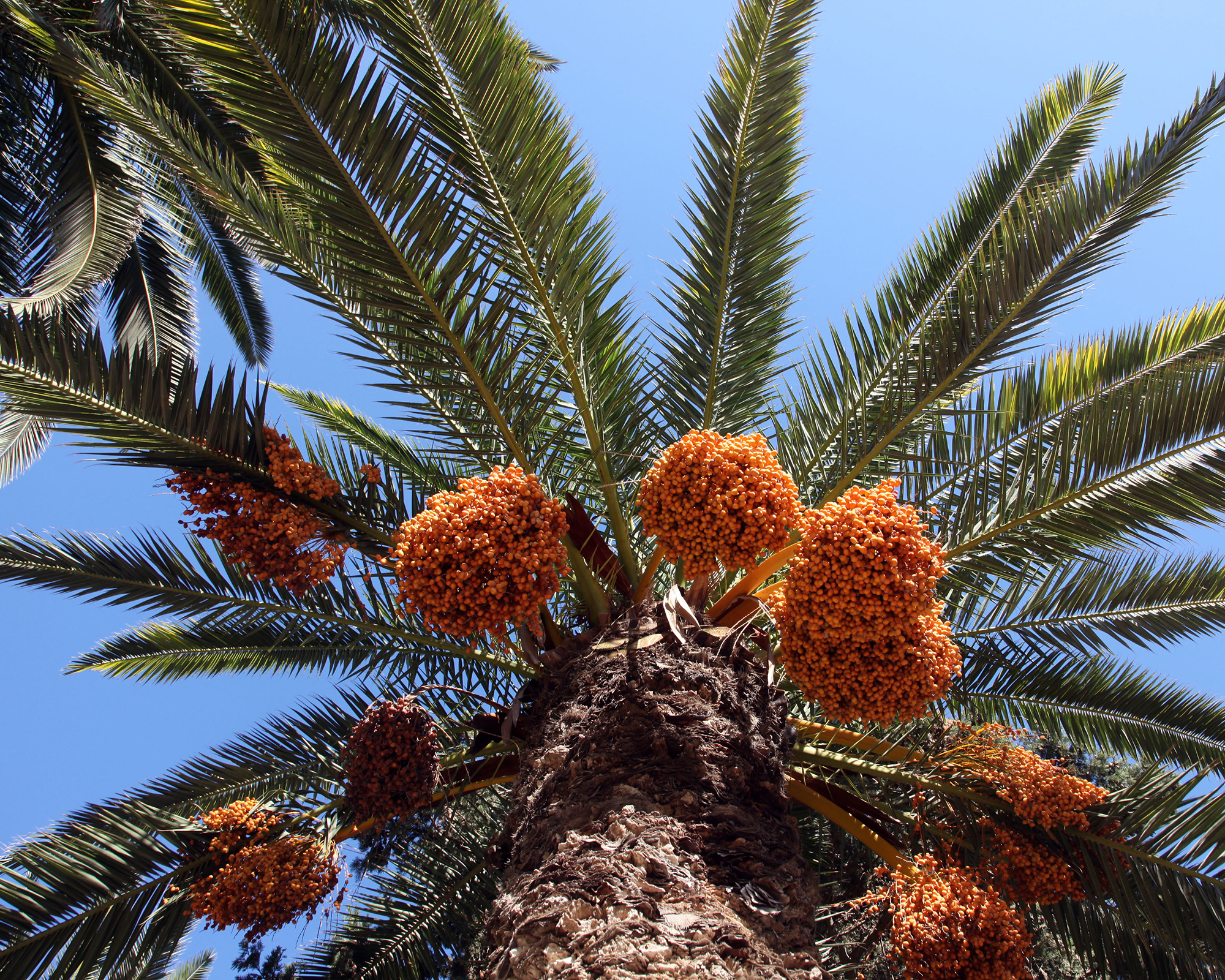
Widely grown in South Asia, the Middle East, and Northern Africa, date palms (Phoenix dactylifera) are popular trees in warmer areas of the United States.
Three main cultivars exist, with Medjool dates being the most popular. The sweet dates can be eaten individually as treats, or in desserts.
Date palms thrive in the heat and are compatible with USDA hardiness zones 9-11, although it is possible to grow them in zone 8 with extra care.
You will need a male and female tree for fruit production, a full-sun location, and well-draining soil.
Water for the first few months after planting, to help them establish, then minimize watering, as it can impact fruit production. Fertilize trees in early spring.
5. Olive
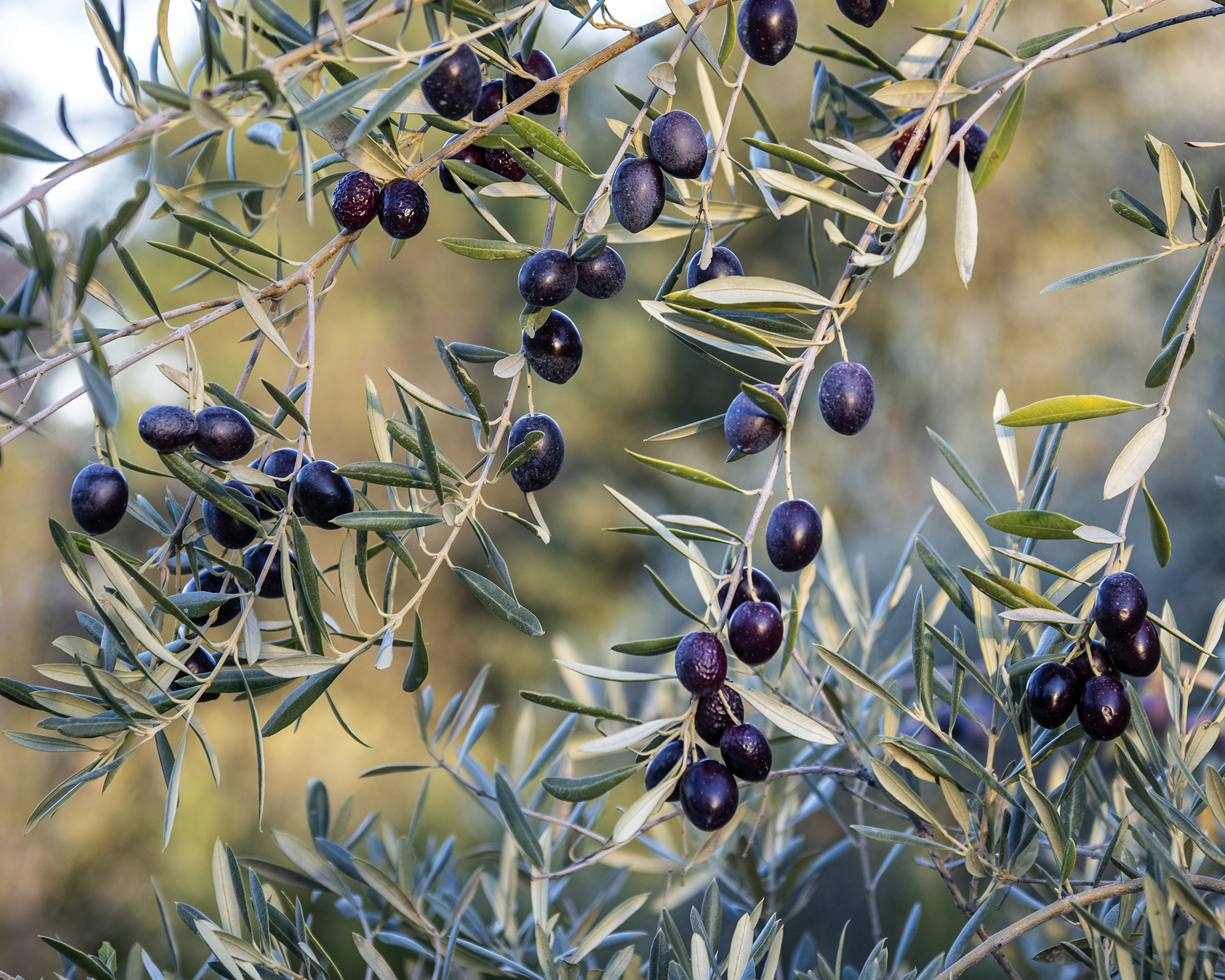
Evergreen olive trees (Olea europaea) are icons of the Mediterranean landscape and flourish in hot, arid conditions. The versatile fruits are staples of many recipes.
Generally, olive trees are only suited to USDA zones 9 to 11, but some cold-resistant varieties can be grown in zones 7 and 8. Any colder than this, and the trees are unlikely to bear fruit and will become susceptible to frost damage.
The solution for cooler zones is to grow olive trees in pots, which can be moved indoors over winter.
Plant olive trees in a full-sun position in well-draining soil. To increase fruit production, it is best to plant more than one cultivar close together.
While drought-tolerant once established, trees will need regular watering in their first year. Pruning is minimal – lightly trim to promote a good shape and remove any dead wood.
6. Mulberry

Mulberry trees (Morus spp.) are native to Asia and North America and make attractive, fast-growing landscaping trees – reaching a height of 30-40 feet (9-14m) and spread of 25-35 feet (8-11m).
Their delicious berries are difficult to harvest on a large scale and have a short shelf life, so are rarely seen at the grocery store. This makes mulberry a unique choice to grow in the home garden.
Mulberry is hardy in USDA zones 5-10, with some varieties suitable for zone 4. It is a resilient, drought-tolerant species that requires minimal watering, fertilizing, and pruning.
There are some downsides, though, as the fruit can stain hardscaping and is also loved by birds, who can leave their own mess. Plant away from paved areas and fences, and clean up fallen fruit regularly.
Mulberry also has a tendency to self-sow, so hand-pull any seedlings. Avoid the invasive white mulberry and opt for the less aggressive red mulberry.
7. Loquat

Loquat trees (Eriobotrya japonica) are well suited to hot and dry conditions and make attractive landscaping specimens. They grow about 25 feet (7.5m) tall with a canopy spread of 15-20 feet (4.5-6m).
The trees yield small fruits that are sweet or slightly acidic in flavor, and are a little like apricots. They are tasty eaten fresh, or can be used to make excellent jellies and jams, or used in home bakes.
Hardy in USDA zones 8-11, loquat trees are drought tolerant once established but require regular watering during the initial growth period.
Choose a full-sun location in well-draining soil that is slightly acidic to neutral. Keep the area around the tree free from weeds and apply mulch. Loquat trees benefit from a dose of fertilizer three times a year.
8. Citrus Trees
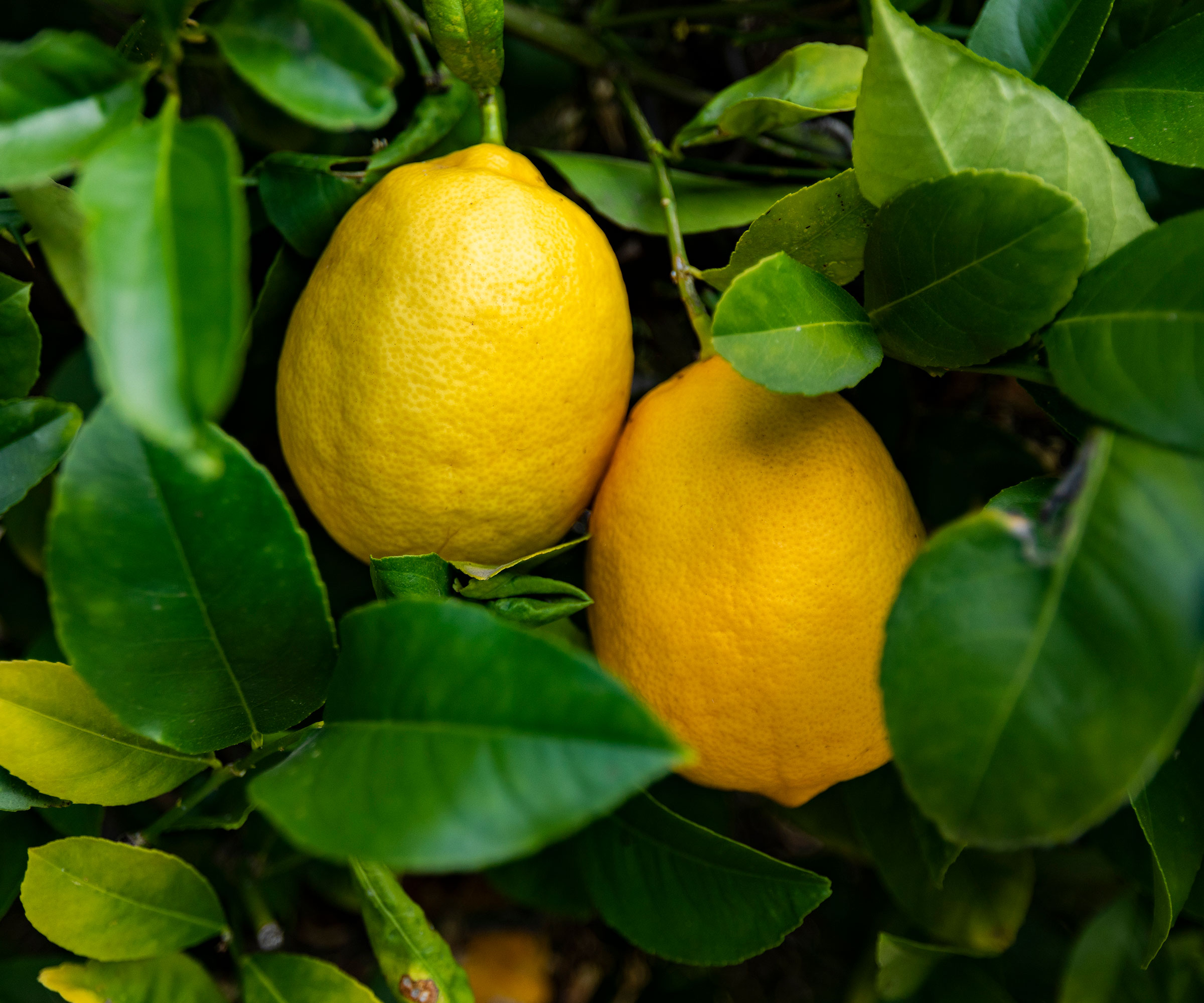
In general citrus trees are more drought tolerant than most fruit trees, However, they vary in their ability to handle hot climates.
There are options available for USDA zones 8-11, and those in cooler zones can grow trees in containers to overwinter indoors. The downside is that container trees will require more watering.
Grapefruits and satsumas are some of the most drought-tolerant citrus trees, kumquats are moderately drought-tolerant, and lemons and limes are somewhat drought-tolerant. Their ability to withstand arid conditions will improve with maturity.
Plant in a full sun position in well-draining soil. While the trees are establishing, water deeply but infrequently to encourage the formation of deep roots. Mulching around the base of the tree will help to retain soil moisture.
This article features products available from third-party vendors on the Gardening Know How Shop.

Melanie is an experienced gardener and has worked in homes and gardens media for over 20 years. She previously served as Editor on Period Living magazine, and worked for Homes & Gardens, Gardening Etc, Real Homes, and Homebuilding & Renovating. Melanie has spent the last few years transforming her own garden, which is constantly evolving as a work in progress. She is also a passionate organic home grower, having experimented with almost every type of vegetable at some point. In her home, Melanie tends to an extensive houseplant collection and is particularly fond of orchids.
